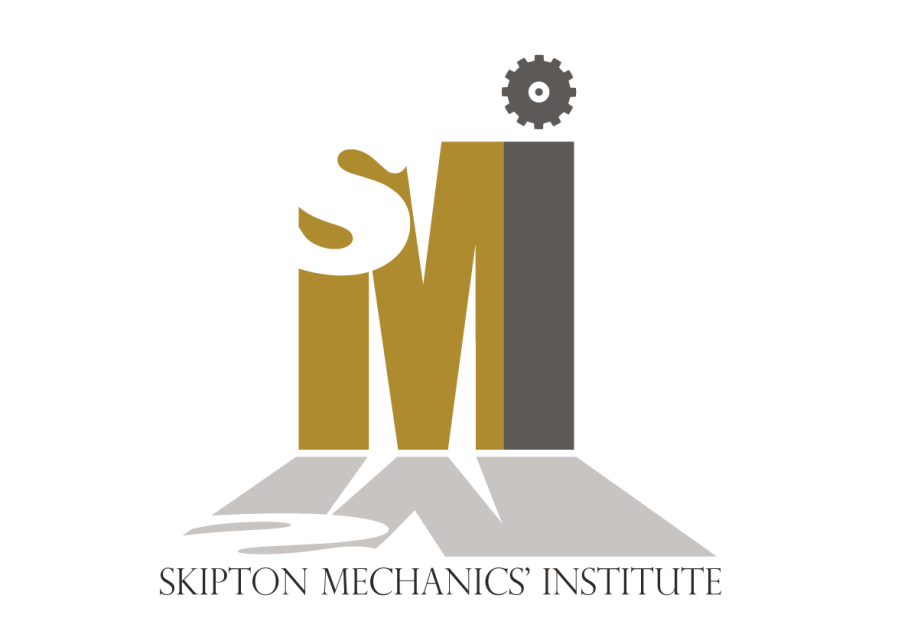History
Skipton Mechanics’ Institute 1847 – 2002
A Craven man, Dr George Birkbeck, born at Settle in 1776, became Professor of Natural Philosophy at Glasgow University, and it was he who started a course of educational lectures to which working men were admitted at a very low fee. So successful did these become, that by 1823 a specific organisation was set up to develop the idea still further and this became known as Glasgow Mechanics’ Institute. Soon Institutes were appearing all over the country their aims were simply - “the instruction of mechanics at a cheap rate in the principles of the Arts they practise as well in other branches of useful knowledge” - to be attained by lectures in different Arts and Sciences, a library for reference, a reading room, a museum of models, a school of design, an experimental workshop and laboratory, and a supply of instruments - the tuition to be provided at night schools.
Here in Skipton, two attempts were made to create a Mechanics’ Institute: in 1825 and again in 1839, in two rooms in the Hole-in-the-Wall yard. Neither lasted very long, but in 1847 Skipton Mechanics’ Institute came into being. Among the founders can be found the names of Messrs Alcock, Heelis, Dewhurst, Robinson, Kendall, Tempest, Thornton, Boocock, Watson, Wilkinson, Thompson, Moorhouse and Farey - names which echo the involvement of the town’s leading professions and businessmen and which appear on the founding records of many other worthy organisations, including Skipton Building Society.
All went well from a two roomed property in Chancery Lane, indeed by 1852 the Institute Library was issuing over 2,000 books per year, and around 75 members were attending classes in writing, arithmetic, grammar, geography, French, higher mathematics, histories and reading, and lectures ranging from Electricity, Phonography and Nineveh and Ancient Art. By 1853 (the year Skipton Building Society was founded) the Institute was also providing “People’s Concerts” - “especially designed for the working classes”. Ticket prices were 3d for front seats and 2d at the back. In 1860 a new enterprise was introduced to further “rational amusement and cultivation of taste” - the “Penny Readings”. For one penny admission, illiterate people could listen to readings of the great works of literature. The Craven Pioneer reported that as many as 400 people gathered in the Temperance Hall and that “it was a beautiful sight, the Hall lighted up with the sunshine of happy human faces”. These “Readings” went on for about 10 further years.
The opening of Skipton’s new Town Hall in 1862, freed the Old Town Hall in Sheep Street, and the “Mechanics” moved thereto, paying only a nominal rent to Sir Richard Tufton of Skipton Castle.
The countrywide success of the Mechanics’ Institutes had, by then, caused much political debate on the virtues of providing a State Education for everyone. Various national bodies came into existence: the Department of Practical Art, examinations for both teachers and pupils, and the City and Guilds of the London Institute took over the lead in technical education. Finally, in 1870, the Education Act made education compulsory and by the 1880’s the Institute was receiving government grants to assist with their educational services, which were in very heavy demand, and larger premises became a necessity.
So, to celebrate the Golden Jubilee, in 1887 a memorial subscription list was opened, from which £2,382 5s. 6d. was raised - major donations headed by J Dewhurst (£500), Lord Hothfield (£300), John Scott (£200) and the, Duke of Devonshire, Walker Morrison and Sir Matthew Wilson, £100 each.
In 1892 building commenced on the new Science and Art School on a High Street site provided by Sir Richard Tufton and was occupied on 25 September 1894. Ownership was held by a special body of Trustees who were pledged to permit it to be occupied by the Directors of Skipton Mechanics’ Institute for the purpose of imparting to children and adults, artisans and others, technical and general instruction in the carrying on and conducting of agriculture, joinery, plumbing or any profession, trade or industry of any kind.
The final pioneering effort of the Mechanics, in league with the Science and Art School and Skipton Urban District Council, was to provide the town with a Public Library. In addition to opening a subscription list, like so many other communities, they turned for help to Andrew Carnegie, the philanthropic Scot who emigrated to America and made, and gave away, an enormous fortune. He granted them £3,000 and in 1910 the present Library premises were handed over to the Town.
Between 1914 and 1946 was a period of little activity for the Institute apart from the provision of many school prizes, books and grants to individual students, the main items being financial help to Craven Naturalists, and generous financial support for the provision of Craven Museum in 1928.
After the Second World War, the Institute was faced with a new development when the West Riding of Yorkshire took over full control of further education, and the Trustees authorised a lease of the Science and Art School premises to the County. This augmented their income as membership numbers fell.
In 1971 the final change in the structure of the Mechanics’ Institute came when the Trustees agreed to sell the Freehold of the High Street premises to North Yorkshire County Council for continued occupation by Craven College, who themselves have continued the provision of further education in the area.

